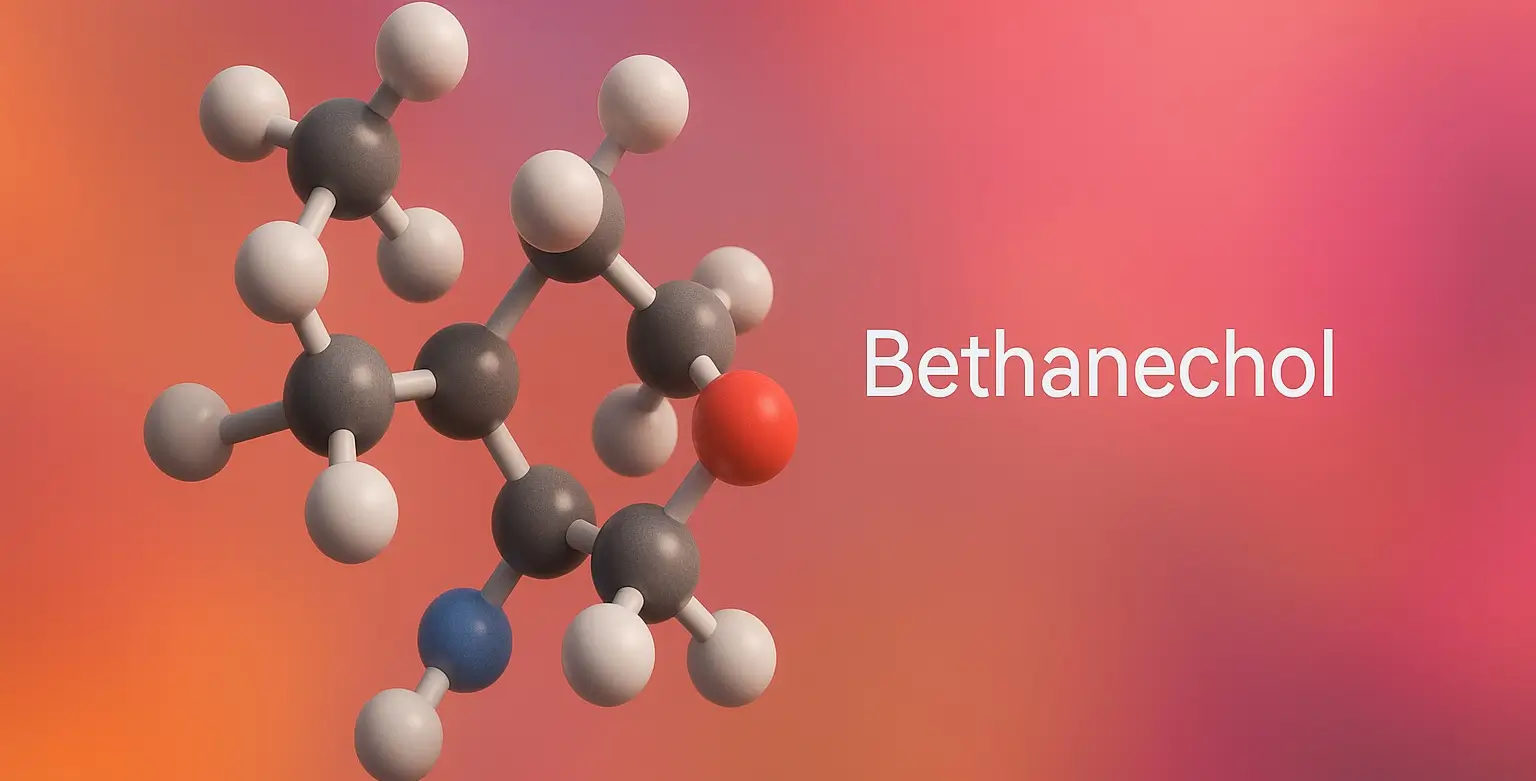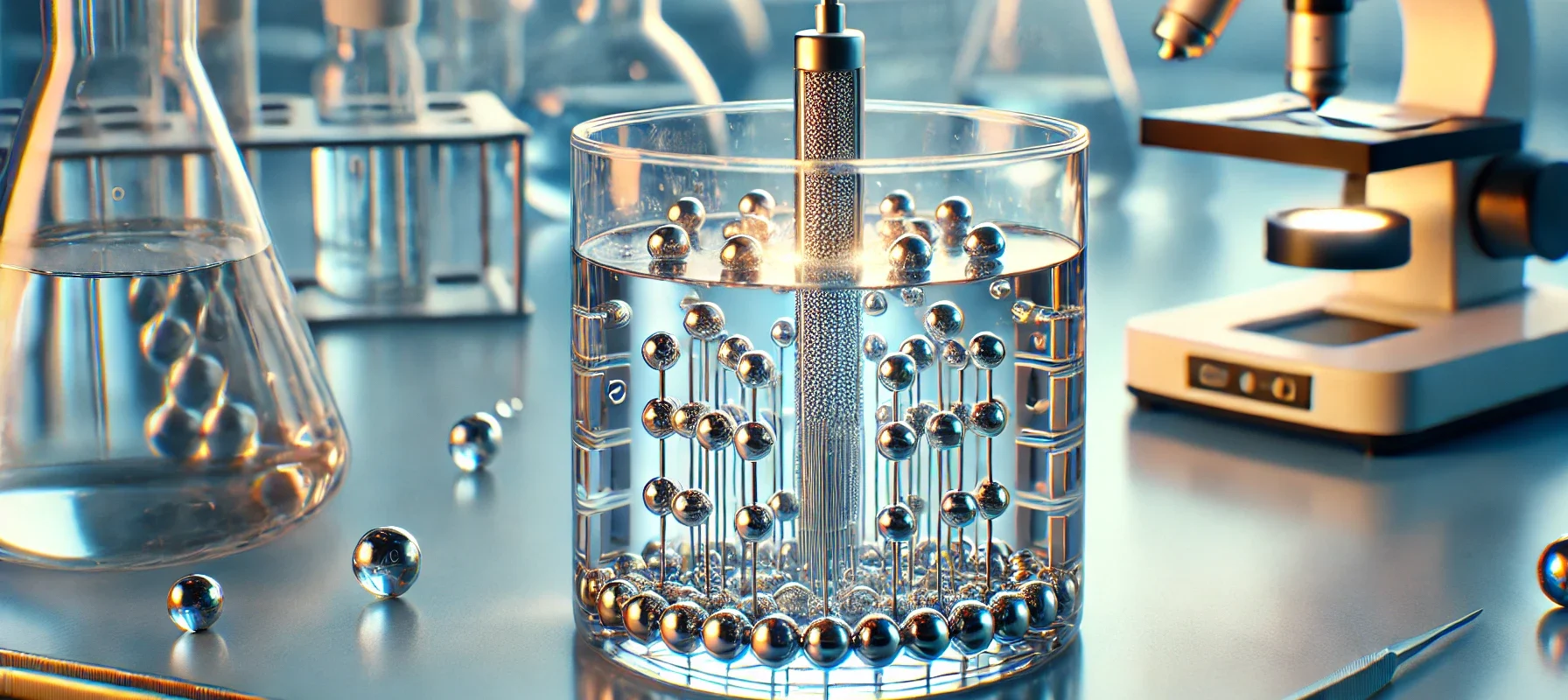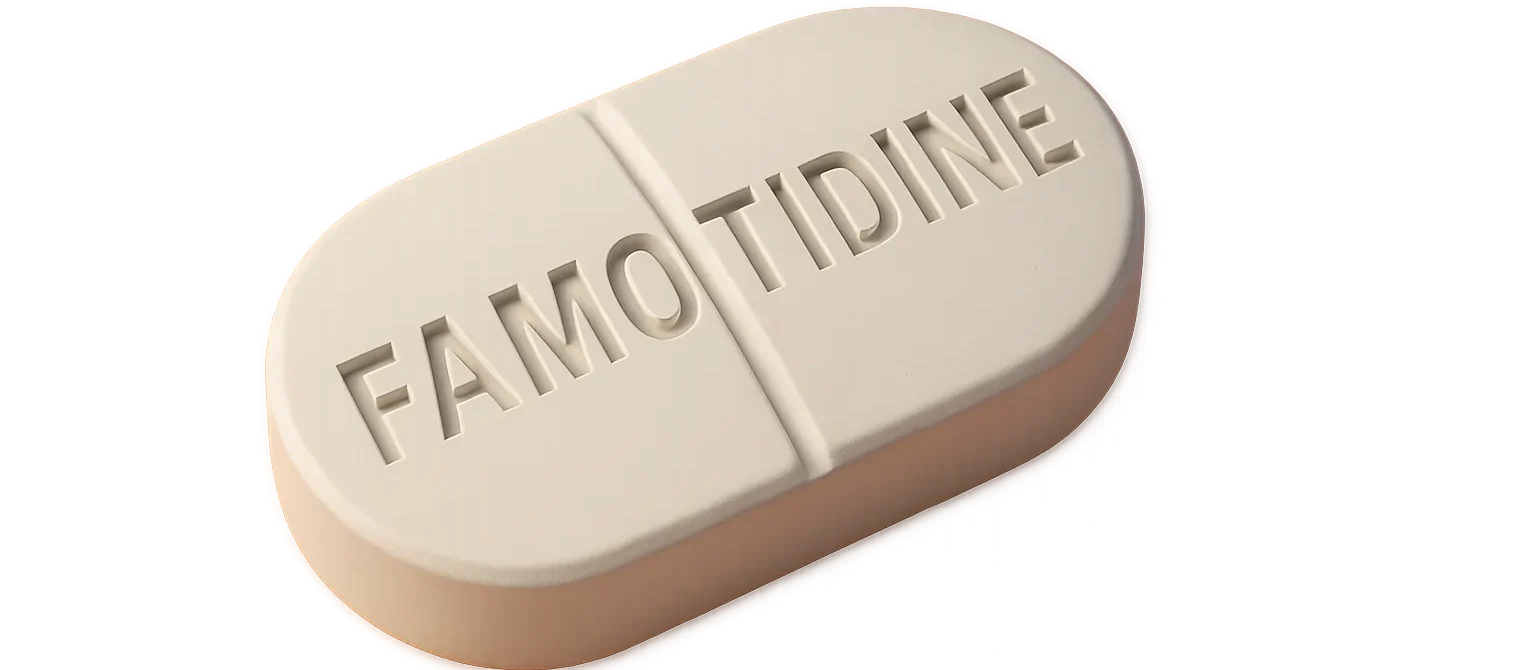Dioscorea (Steroids)
Introduction to Dioscorea (Steroids): Dioscorea (Steroids) is an important source of steroidal saponins, particularly diosgenin, which is used as a precursor in the synthesis of steroidal drugs, including corticosteroids and oral contraceptives. Synonyms of Dioscorea (Steroids): Common name: Wild Yam Scientific name: Dioscorea spp. (e.g., Dioscorea deltoidea, Dioscorea villosa) Synonyms: Yam, Mexican yam Biological Source: … Read more










